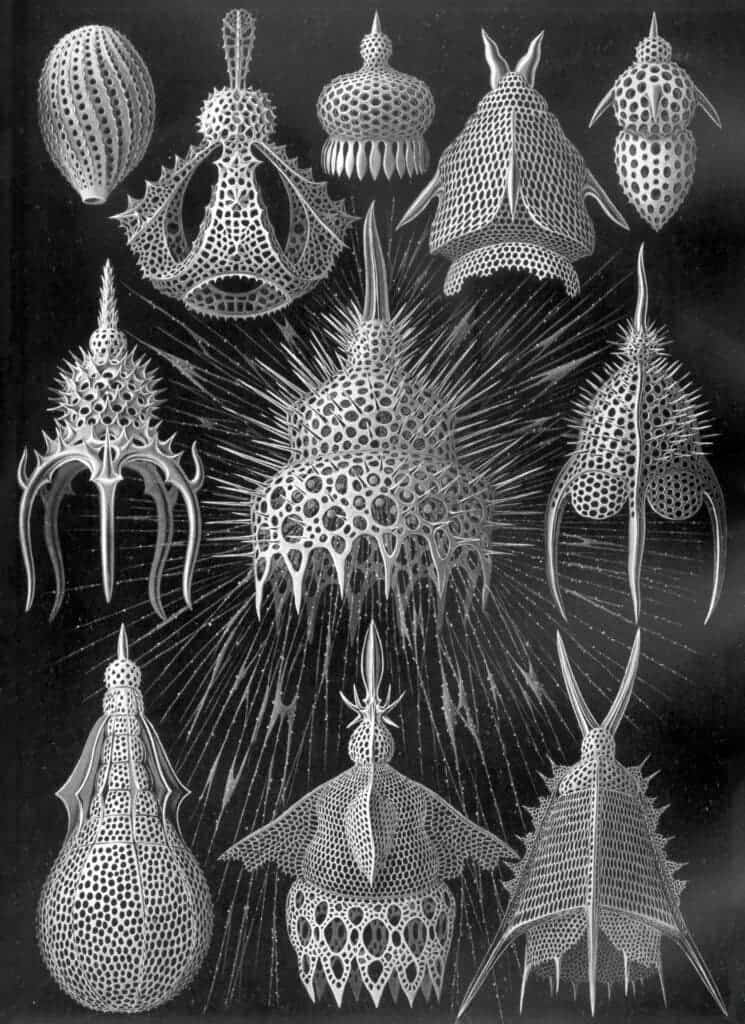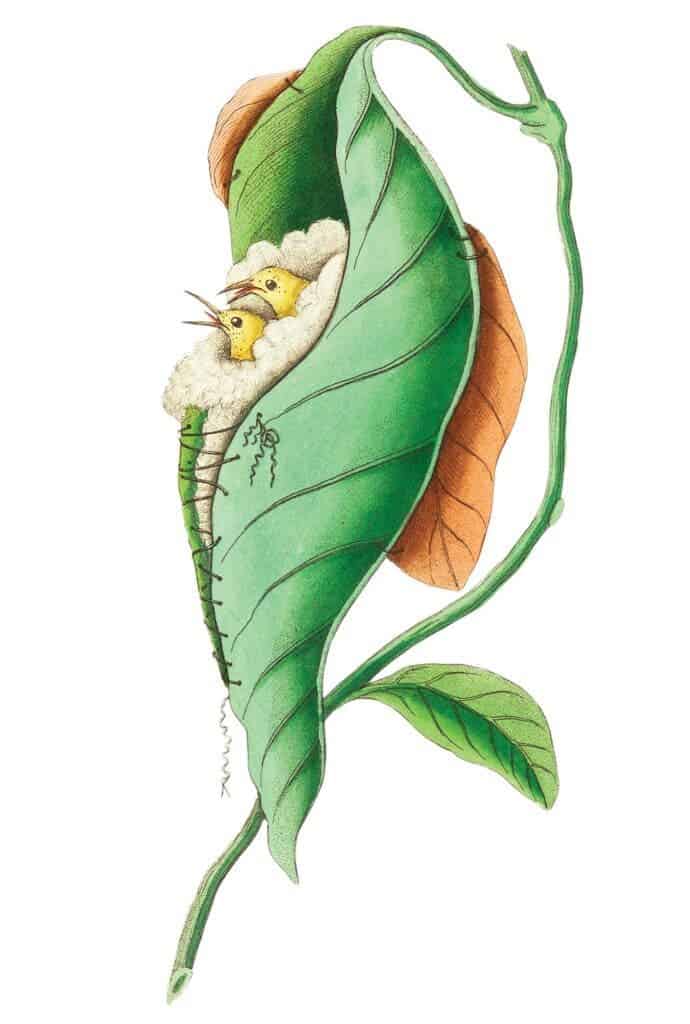In her new book, Kimberly Ridley pairs beautiful vintage illustrations with essays that detail the role of different phenomena in nature, from small to big organisms. Ridley, a science essayist and science writer, decided to celebrate nature’s most brilliant designers and builders in “Wild Design: Nature Architects”.

The book has eight chapters with unusual information on everything from beavers to fungi to birds. It’s packed with illustrations — paintings and drawings created by natural historians from the 17th to the 20th centuries. These allow the eye to focus on important features of the natural world, creating a sense of connection to the inner workings of the natural world.
In an interview with ZME Science, Ridley said she wrote the book as a love letter to the natural world and an invitation to readers to see nature with a new set of eyes, rekindling their sense of wonder. There are countless marvels surrounding us, Ridley said, but when we fail to notice them, we become disconnected from the living world

“We often conflate wonder with naivete, but I think cultivating a sense of wonder is an important survival skill,” Ridley told ZME Science. “I wrote Wild Design to speak to that sense of wonder, which I find on my daily walks. I want to gently take readers by the hand and show them nature’s gorgeous and brilliant designs all around us.”
From the intricate weave of an oriole’s nest and the winged elegance of maple seeds to the ingenious “cases” of caddisfly larvae, which they meticulously construct from pebbles and sand, there are gorgeous and brilliant designs all around us, Ridley explains. “The more I thought about design in nature, the more curious I became,” she added.
The idea of the book originated from Ridley’s own curiosity, as she started to come up with questions regarding nature’s architects. She discovered many design wonders that are right under our noses. She wrote most of the book in her own backyard in Maine. “I set up a table, chair, and my laptop and got to work,” she says.
The role of illustrations
Ridley said she discussed several illustration possibilities with her editor, but that from early on she wanted to use natural history illustrations. This is for several reasons. First, she wanted Wild Design to feel like a miniature cabinet of illustrations. Second, because the illustrations are wonders themselves, created by hand and sometimes in the field

“I wanted the visual narrative of this book to present a glimpse of the visual expression in the heyday of natural history exploration and discovery. These amazing works were central to scientific discovery, and introduced the public to the wonders of the living world,” Ridley told ZME Science. “I want this book to invite readers to slow down and observe.”
Ridley said creating this book opened her eyes wider and deepened her sense of wonder for the wild world around us. The book has helped her appreciate more deeply the interconnectedness of all life. Now, on her hikes along the rocky coast where she lives, she has a new appreciation of geology and is always looking for bird nests and admiring fungi.
Her own new experiences with nature are what she hopes happens with everyone who reads the book, which invites them to explore nature’s beauty, strangeness, and mystery in their own back yards or parks. Nature is a living library, Ridley concludes, a repository of knowledge that has accumulated through billions of years through evolution.
“Nature’s wild designers offer how-to manuals and encyclopedias for helping to solve human design challenges without creating pollution or trashing the neighborhood. So, I hope this small book inspires awareness on every level,” she added.
Was this helpful?



